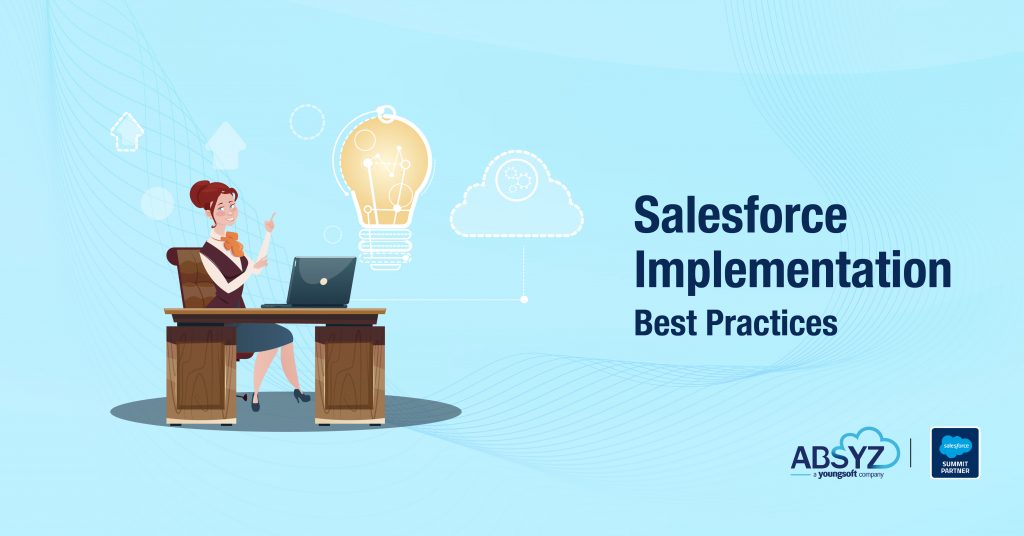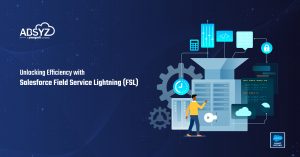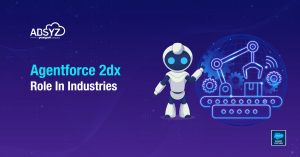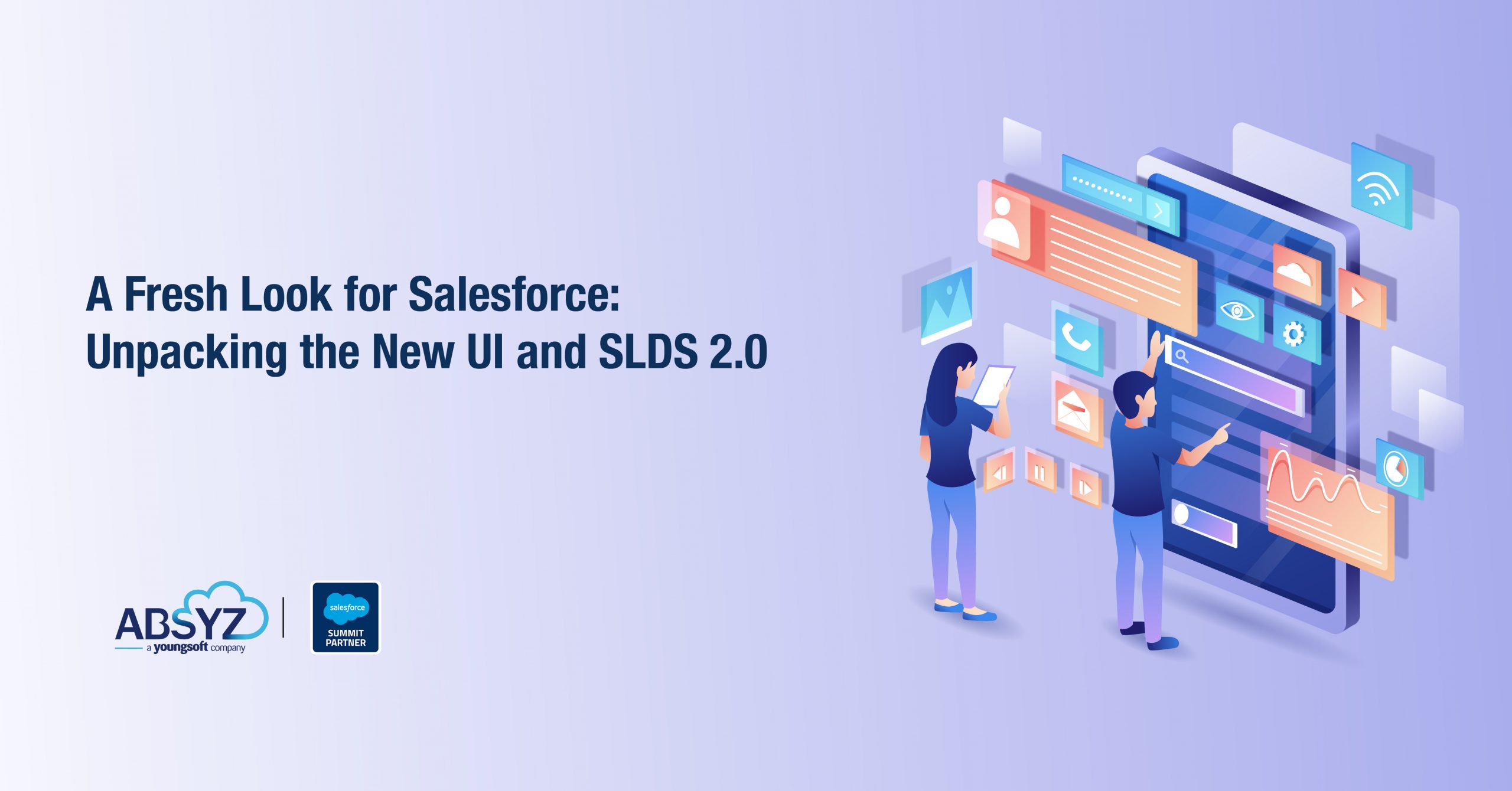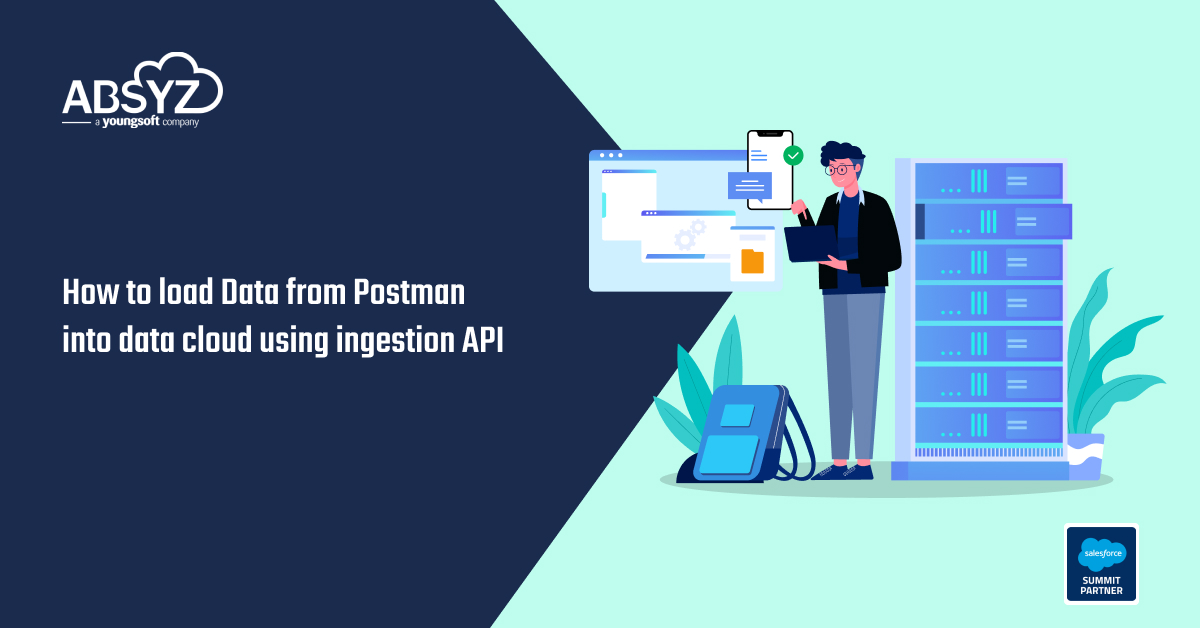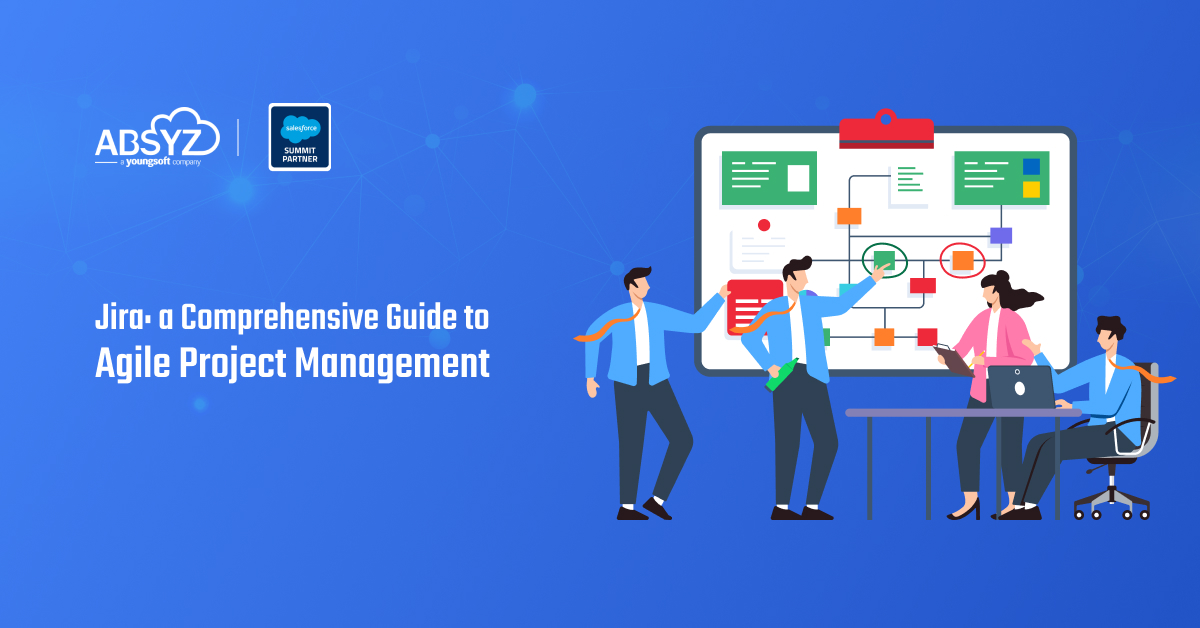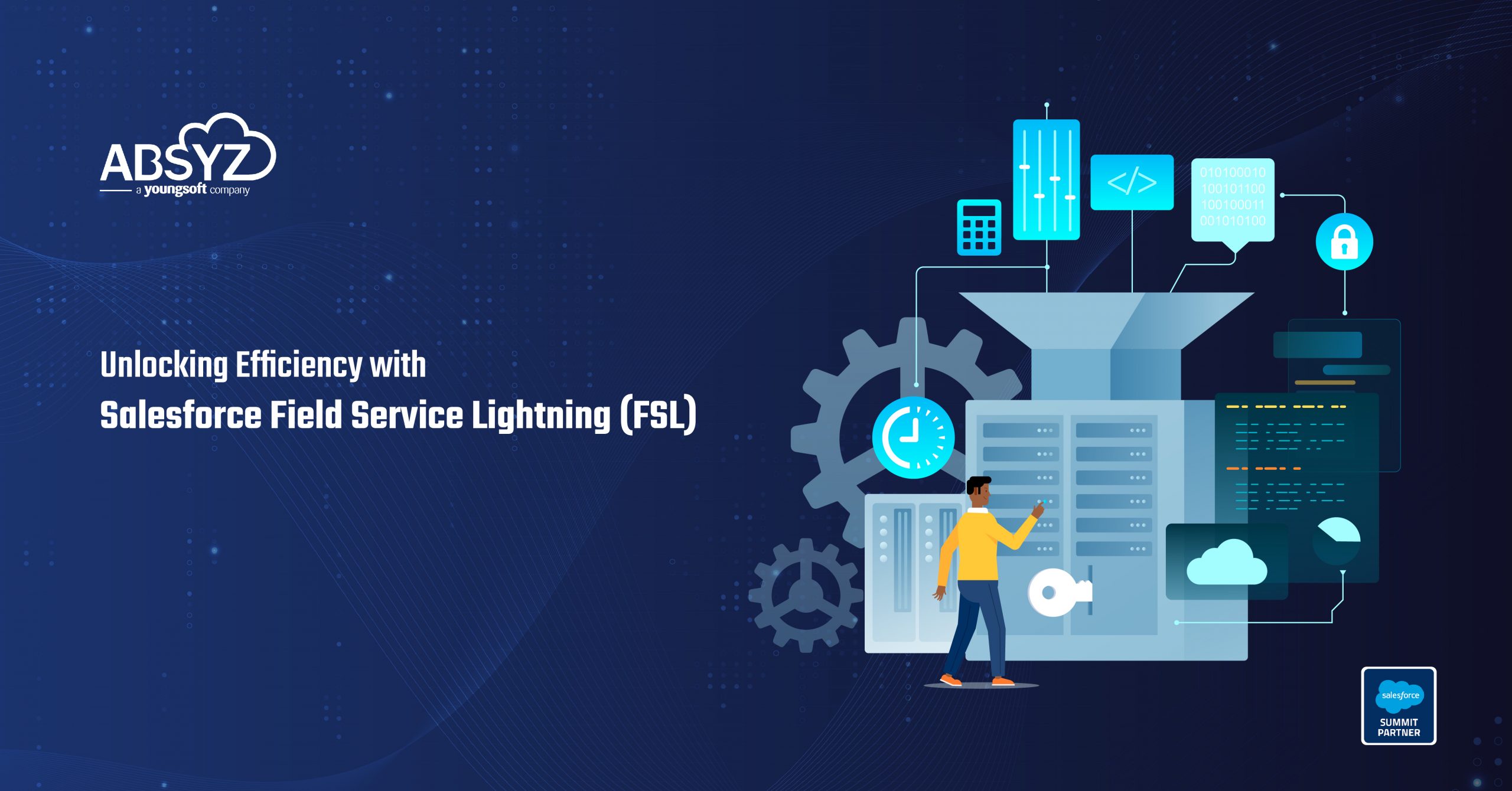Introduction
Salesforce is a powerful and leading cloud-based customer relationship management (CRM) platform that enables businesses to manage customer data, streamline operations, and improve client communication. It offers a wide range of sales, marketing, customer service, and analytics solutions, enabling companies to build stronger relationships and drive growth. It has various products specially designed to deliver each goal: Sales Cloud, Revenue Cloud, Service Cloud, Marketing Cloud, Health Cloud, and more. With the proper Salesforce implementation, you will increase sales efficiency, close more deals, and increase the accuracy of forecasts.
Here are some best practices for successful Salesforce implementation services to sustain and thrive in the competitive market of 2025:
1. Collaborate with stakeholders to create precise business goals
For Salesforce development to be successful, we must clearly define business goals and establish tight collaboration with key stakeholders such as sales, marketing, and revenue teams. Once the CRM goes live, these stakeholders will be immediately impacted; thus, their involvement is crucial for alignment.
Establish short-term and long-term goals that satisfy stakeholder demands while supporting more significant company objectives, such as generating revenue or boosting profit margins. Involving stakeholders in goal-setting increases their commitment to the project and helps to arrange the implementation into manageable phases, each with clear success measures.
The Salesforce strategy revolves around these business goals. They establish the tools, features, departments, and KPIs you will focus on during development. Whether you want to increase sales, raise brand awareness, or drive engagement across many platforms, ensure your objectives are concise, measurable, and well-defined. This clarity will be the foundation for a broad and successful Salesforce implementation.
2. Perform a comprehensive audit and situational analysis
A complete audit and situational analysis are excellent ways to analyze all aspects of your business operations. This includes reviewing internal and external workflows, evaluating the current market landscape, and studying rivals. Such a thorough assessment reveals inefficiencies, opportunities, and issues in your operations.
The insights gathered from this research help you identify quick wins (low-hanging fruit) and substantial roadblocks, allowing you to establish clear priorities and KPIs. These insights also help you refine your implementation objectives to ensure they are in line with your company’s demands and market realities.
Furthermore, the audit will evaluate whether your firm has the financial, material, and human resources to enable a successful Salesforce implementation. This step is critical for planning and ensuring you are equipped to implement successfully.
3. Create the Best Team and Plan for a Successful Salesforce Implementation
A successful Salesforce implementation necessitates a well-organized team, not just individual efforts. The team should comprise people with the necessary expertise, experience, and a clear grasp of their duties and expected results. A certified Salesforce implementation consultant, an internal Executive Sponsor (ideally a C-level executive), a Project Manager or Managers for each phase, a Project Owner (often a department head), and an internal Salesforce System Administrator may all play important roles. Involving these responsibilities early on ensures the project runs smoothly and successfully over time.
It is essential to develop a clear implementation strategy for salesforce implementation services. This will serve as a road map, defining the steps, deadlines, and resources required to attain your goals. Your implementation partner can assist in identifying the appropriate technologies and methods for streamlining company processes. A solid strategy also establishes team roles, duties, and resource allocation, ensuring everyone is on the same page and ready to tackle the project. This preparation is critical to staying on pace and within budget.
4. Create a Strong Change Management Strategy
In today’s fast-evolving digital landscape, new technologies and trends appear at an unparalleled rate. Companies must adapt to these shifts to remain competitive and make the required modifications. Change management ensures smooth transitions when introducing new tools, software, or services like Salesforce.
Implementing Salesforce frequently necessitates a well-planned change management approach. As a dynamic and versatile platform, it is critical to educate staff on how it will improve their workflows and emphasize the main areas they must focus on. This allows for a smoother transition and better adoption of the new system.
Change management is crucial even when updating or migrating between Salesforce versions or products. It enables your workforce to adjust effectively to the new environment. Instead of hurrying the process, drive change intelligently while keeping your business objectives in mind to ensure long-term success.
5. Use a go-live checklist
A go-live checklist is a vital tool in the days or weeks before and on the day of your Salesforce launch. It ensures that all critical tasks are accomplished and nothing is forgotten.
The go-live checklist must include thorough testing of all Salesforce CRM features and functionalities, along with appropriate documentation.
-> Advance notice to all end-users, sent numerous times before launch, with links to training resources as needed.
-> Clear communication regarding which systems and departments will be impacted, including any anticipated downtime.
-> Basic training information for all staff.
-> How to report bugs or difficulties before and after implementation.
-> Conduct a thorough review of all system functionalities shortly after it goes live.
6. Prioritize user adoption and establish post-implementation protocols
After adopting Salesforce, it is critical to teach all users to guarantee that they can adequately use the platform and obtain the best results. User adoption entails assisting new Salesforce users individually as they learn the platform’s tools and functionalities. This stage guarantees that your CRM is fully utilized, getting you closer to achieving your business objectives.
A well-designed training plan is essential for effective Salesforce implementation. It should not just show people how to utilize the technology but also why it is being implemented. Employees who grasp Salesforce’s benefits for the organization and their responsibilities are more likely to accept the change and actively participate in training. Organizational change management is critical for developing this understanding and facilitating a smooth transition.
Create explicit post-implementation practices to ensure Salesforce remains effective. These should contain rules for proper usage to avoid errors, a means for users to report concerns or provide feedback, training materials archived for future reference, and a strategy for handling regular software updates. Like other cloud-based platforms, Salesforce often releases updates, so having a plan in place ensures that the system remains secure, effective, and aligned with your business requirements.
Summary
Businesses can assure a seamless deployment that boosts efficiency, builds client relationships, and fosters long-term success by utilizing skilled Salesforce Implementation Services and adhering to these best practices. Salesforce’s full potential will be realized through a well-executed deployment, intelligent change management, and high user adoption, allowing enterprises to stay ahead of the changing digital landscape.
Authors: Teja Bedadala

